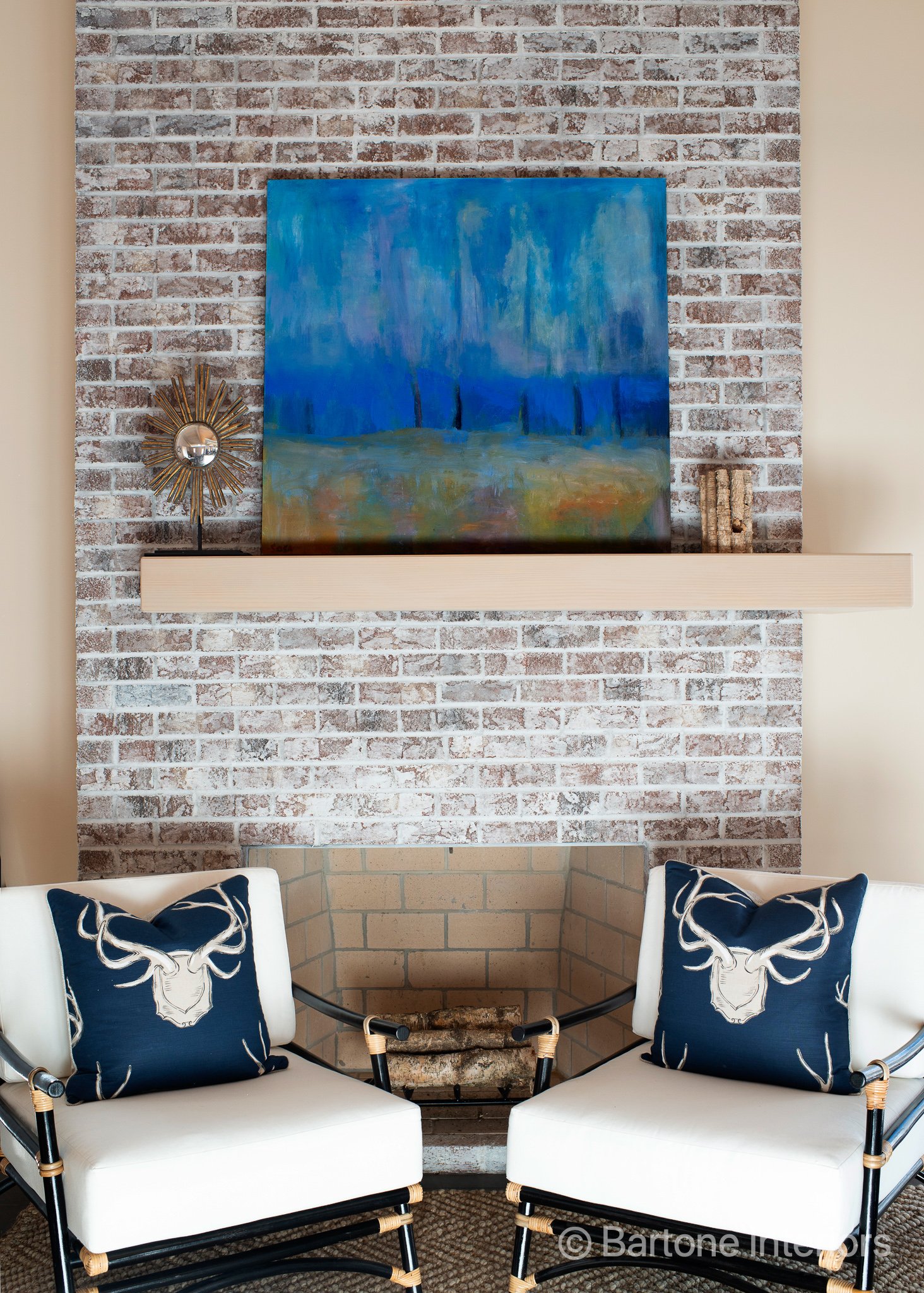Top 5 Designer Tips on Creating a Classic and Timeless Interior Design
Have you ever selected something for your home, only to hate it a year later? Don’t worry, you are not alone! When looking at retail options, clients often end up purchasing the “almost right” things they inevitably disliked within a year. Below are some tips to find the right pieces that you will be able to enjoy for many years, not just one! How do I do this? I’ve totally NERDED out on NEUROAESTHETICS! It’s understanding how the brain perceives and processes aesthetic experiences, such as art, music, and design has been studied for centuries. In interior design, understanding the principles of neuroaesthetics can help create a timeless aesthetic by creating spaces that are visually pleasing while evoking positive emotional responses. It’s the science behind beautiful things and I’m here to share my knowledge with you! My top five tips to selecting timeless design elements are listed below! As always, feel free to reach out if you need more assistance in pulling your space together!
Color
One of the easiest ways to incorporate classicly designed spaces is through color. Painting walls, re-upholstering furniture or adding fresh throw pillows are easy ways to add a color to your space. Classic colors like navy blue, deep greens, warm browns, and earthy tones have a timeless appeal and can be used in furniture, textiles, and accessories. Repeating a color, like the blue chair, pillow and rug shown here, is a great way to make the color appear more neutral in the space.
Lighting
Lighting plays a crucial role in interior design, and when used effectively, it can contribute to a timeless and enduring aesthetic. Studies indicate that exposure to natural light and appropriate lighting conditions can regulate our mood, reduce stress levels, and improve overall mental and physical well-being. Timeless designs often incorporate ample natural light as it creates a sense of openness and connects the indoors with the outdoors. Avoid heavy window treatments that block light, and instead, opt for sheer curtains or blinds that allow natural light to filter through. The light travels furthest into your space from the highest points, so avoid covering the top of your windows by mounting shades slightly above the window frames.
Avoid overly trendy or ornate fixtures that may go out of style quickly. Instead, opt for clean lines, simple shapes, and materials such as brushed metal, glass, or natural materials that stand the test of time.
Texture
Introduce a variety of textures to create visual interest and stimulate the senses. Incorporate elements like textured wallpaper, woven baskets, or natural stone accents to add depth and tactile appeal. The smooth leather chair and wood table contrast with the sofa fabric, knit blanket and fringe lined pillows in this family room.
Select textures that are pleasing to touch and feel comfortable against the skin. Soft, cozy textiles and ergonomic furniture contribute to a sense of well-being, promoting relaxation and enjoyment of the space and contribute to the timeless design you are trying to create.
Symmetry
The human brain is wired to search for symmetry from the day we are born. Infants dedicate 65% of their brain functioning towards facial recognition which they associate with safety. Society’s perception of beauty is the more symmetrical the face, the more beautiful the person. We intrinsically respond to symmetry positively because it makes us feel calm and safe.
Incorporating symmetry can be achieved in the home in numerous ways. Arranging your furniture, adding art to your walls or spacing your windows and doors for a newly constructed home are all ways to incorporate symmetry into your design.
Biophilia
Biophilia, as a concept and design approach, can be considered timeless due to its inherent connection to nature and the enduring human desire to be close to the natural world. It recognizes the innate human need to connect with nature and integrates natural elements, patterns, and materials into the design. This connection to the natural world has been a constant throughout human history and transcends cultural and temporal boundaries. The timeless aspect of biophilia lies in its acknowledgment of this fundamental human need, which remains relevant across generations and time periods.
Biophilic design is grounded in the numerous benefits that nature provides to our well-being, such as reduced stress, improved mood, increased cognitive function, and enhanced overall health. These benefits are timeless in the sense that they are universally applicable and desirable regardless of the prevailing design trends or time period.
Biophilic design incorporates natural elements, patterns, and materials into the built environment. These elements, such as plants, natural light, water features, or natural materials like wood or stone, have an inherent timelessness. They evoke a sense of authenticity, groundedness, and connection to the natural world that surpasses transient design trends.






